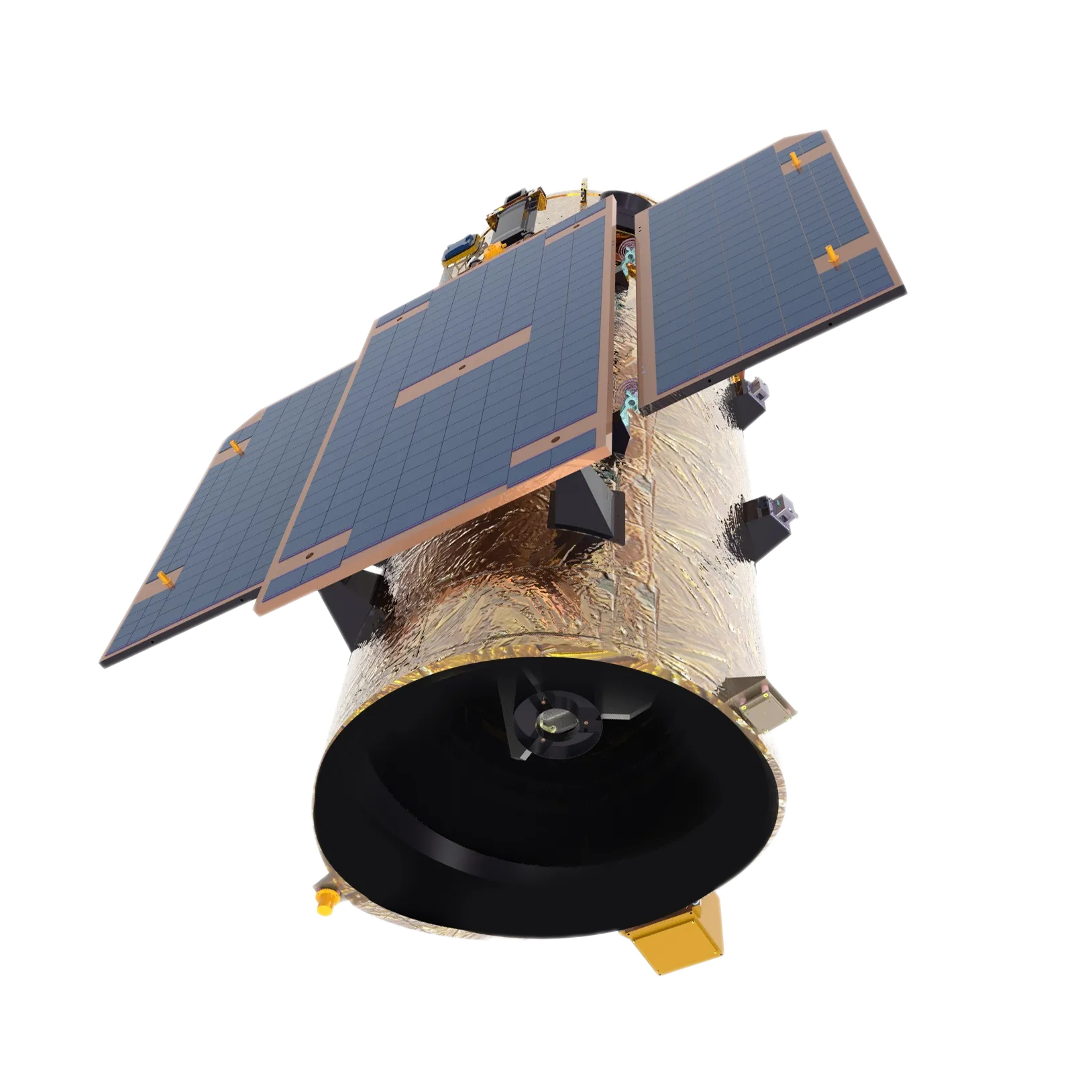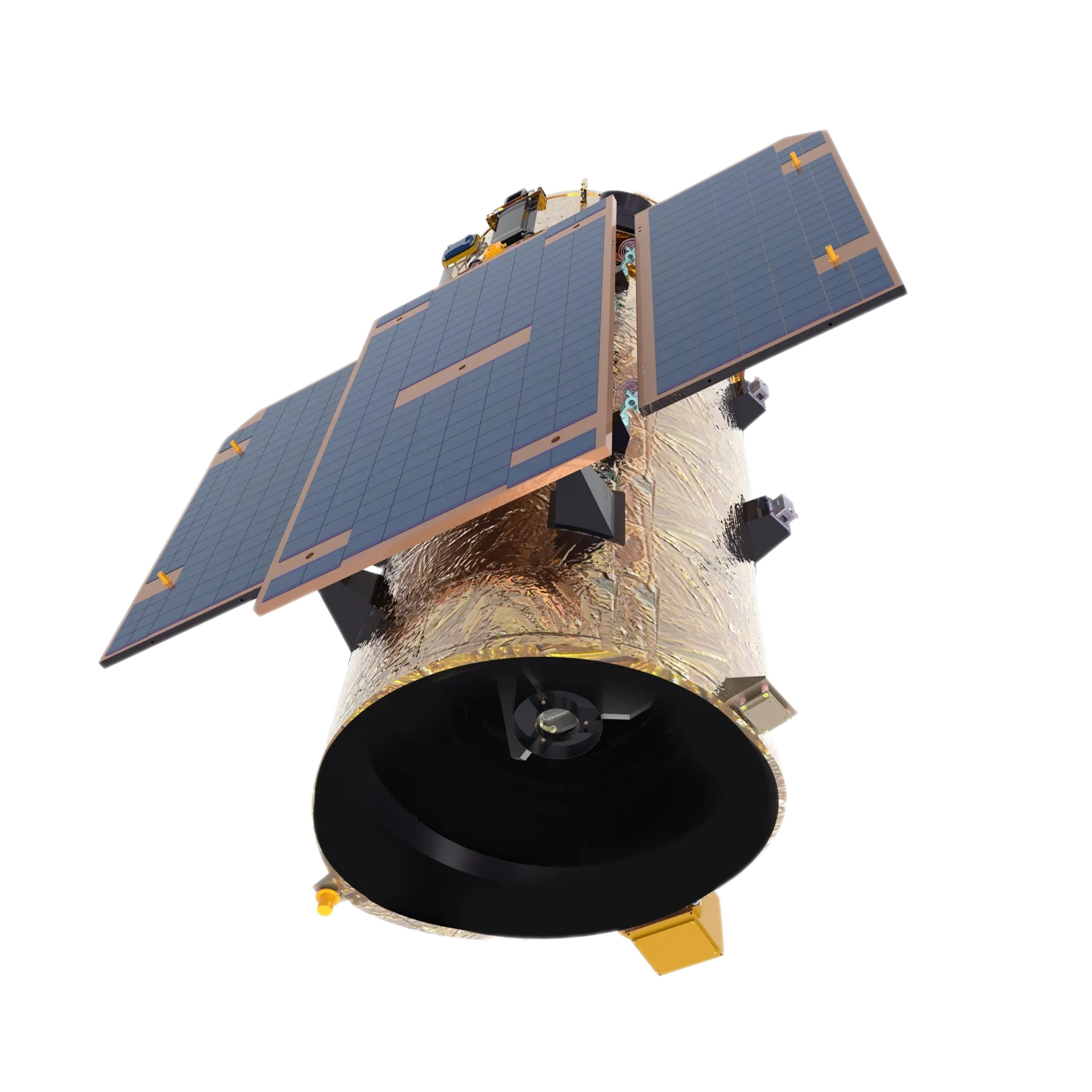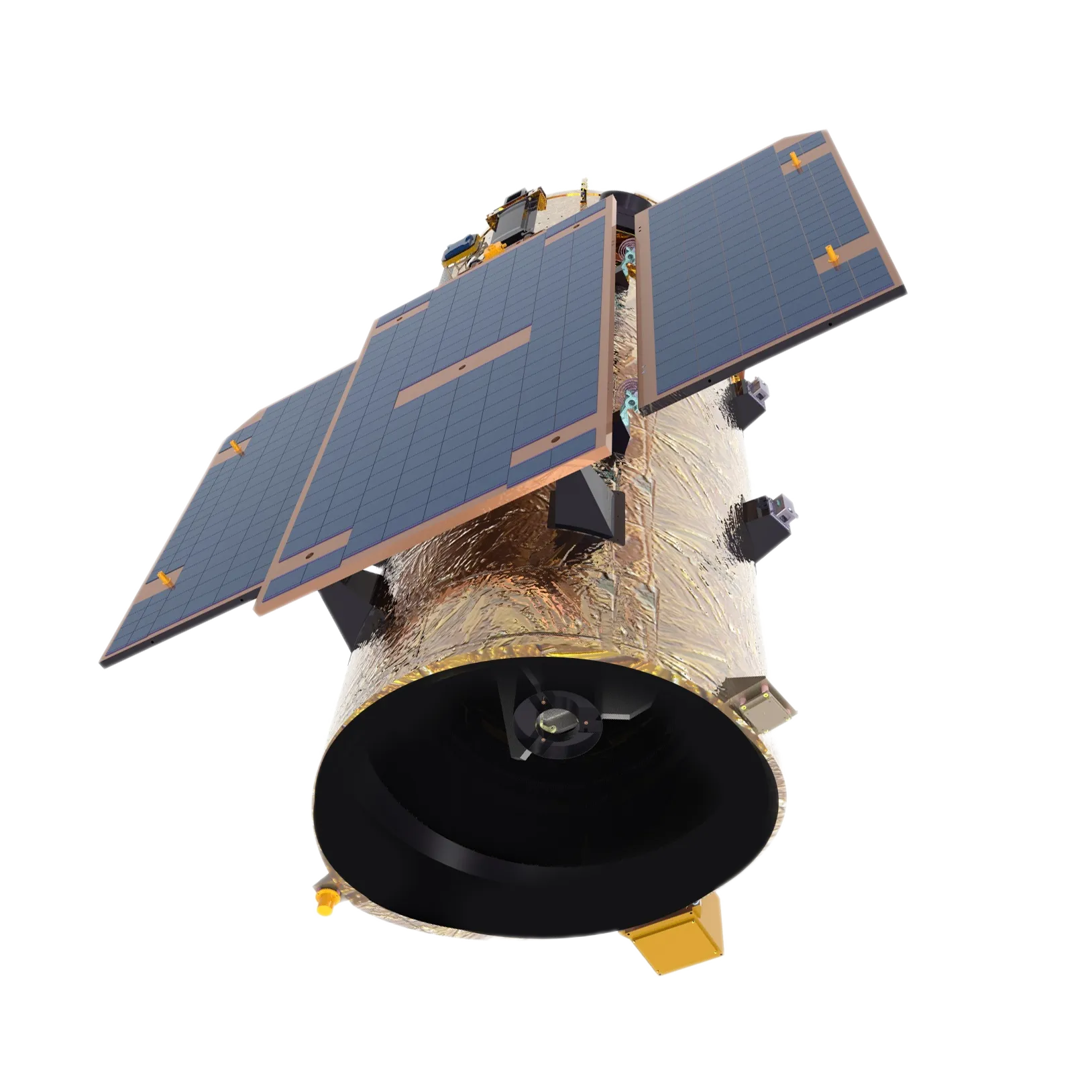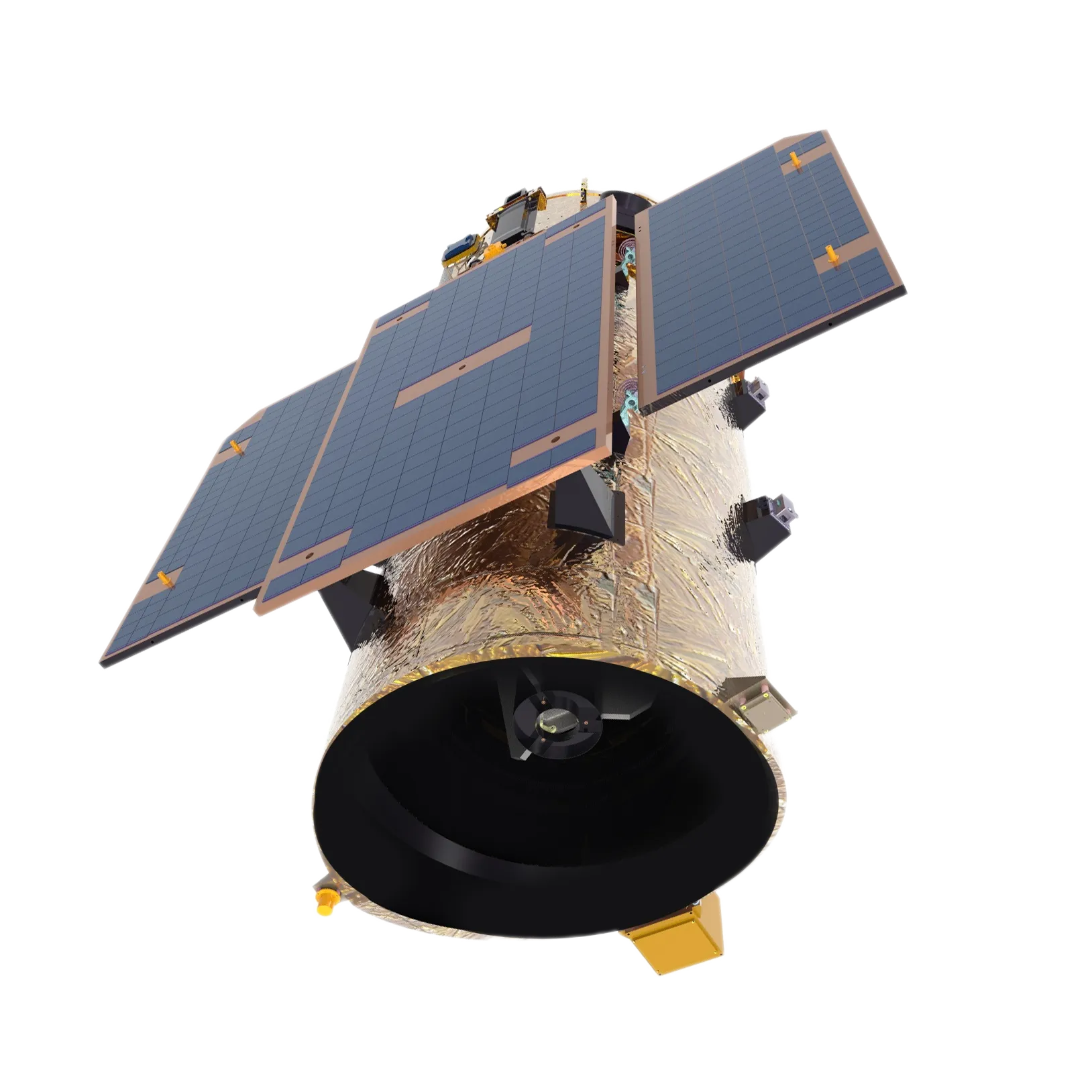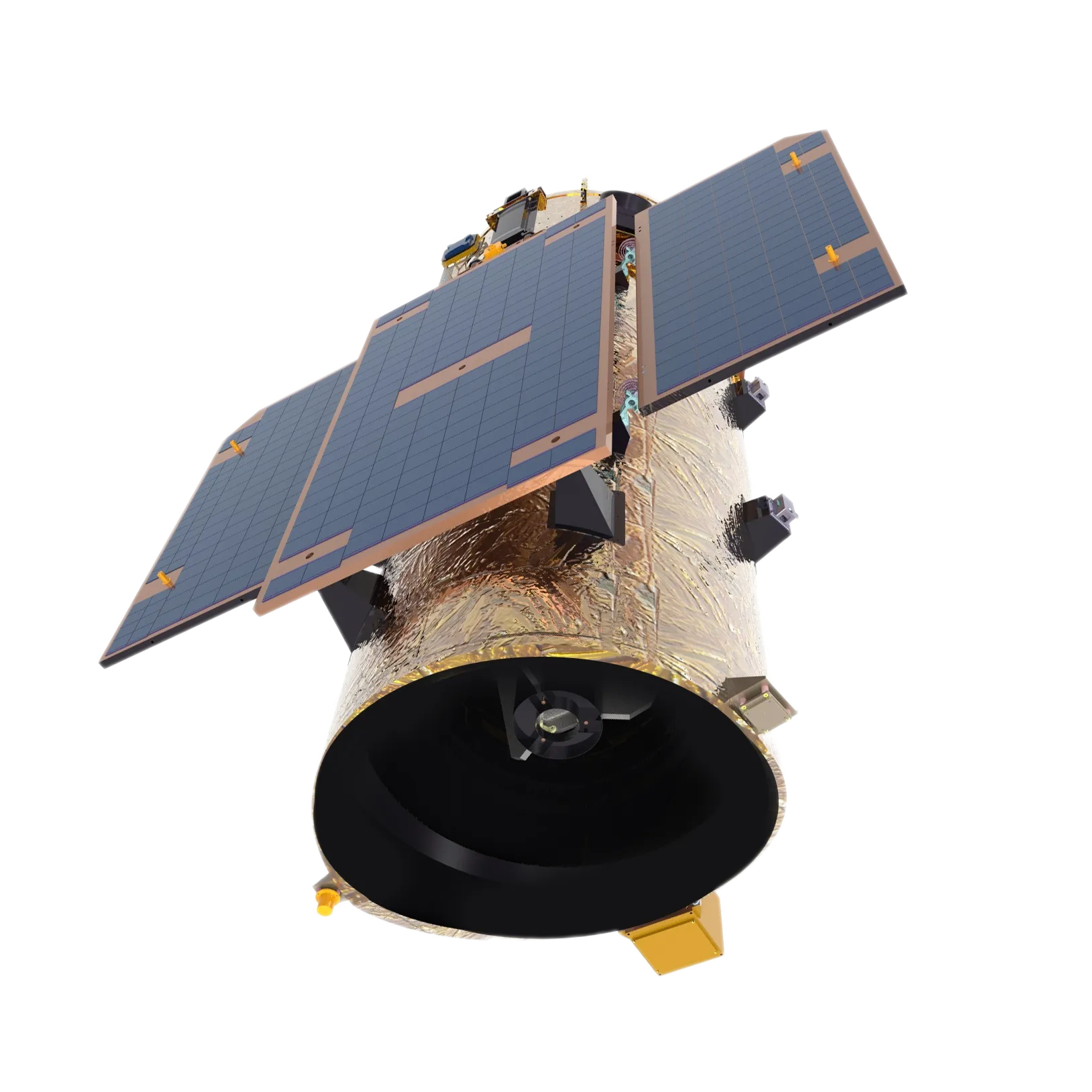
- Afrikaans
- Albanian
- Amharic
- Arabic
- Armenian
- Azerbaijani
- Basque
- Belarusian
- Bengali
- Bosnian
- Bulgarian
- Catalan
- Cebuano
- China
- Corsican
- Croatian
- Czech
- Danish
- Dutch
- English
- Esperanto
- Estonian
- Finnish
- French
- Frisian
- Galician
- Georgian
- German
- Greek
- Gujarati
- Haitian Creole
- hausa
- hawaiian
- Hebrew
- Hindi
- Miao
- Hungarian
- Icelandic
- igbo
- Indonesian
- irish
- Italian
- Japanese
- Javanese
- Kannada
- kazakh
- Khmer
- Rwandese
- Korean
- Kurdish
- Kyrgyz
- Lao
- Latin
- Latvian
- Lithuanian
- Luxembourgish
- Macedonian
- Malgashi
- Malay
- Malayalam
- Maltese
- Maori
- Marathi
- Mongolian
- Myanmar
- Nepali
- Norwegian
- Norwegian
- Occitan
- Pashto
- Persian
- Polish
- Portuguese
- Punjabi
- Romanian
- Russian
- Samoan
- Scottish Gaelic
- Serbian
- Sesotho
- Shona
- Sindhi
- Sinhala
- Slovak
- Slovenian
- Somali
- Spanish
- Sundanese
- Swahili
- Swedish
- Tagalog
- Tajik
- Tamil
- Tatar
- Telugu
- Thai
- Turkish
- Turkmen
- Ukrainian
- Urdu
- Uighur
- Uzbek
- Vietnamese
- Welsh
- Bantu
- Yiddish
- Yoruba
- Zulu
Key Considerations When Buying a Multispectral Camera
When you decide to buy a multispectral camera, there are several important factors to consider to ensure the device meets your specific application needs. First, identify the spectral bands required for your work. Many multispectral cameras operate across visible and near-infrared ranges, but some models extend into ultraviolet or thermal infrared. For applications needing broader coverage, a multispectrum infrared combination camera might be ideal, offering both visible and infrared data capture in one unit. The choice of sensor resolution also impacts image detail and data quality, so it should align with your project’s precision requirements.
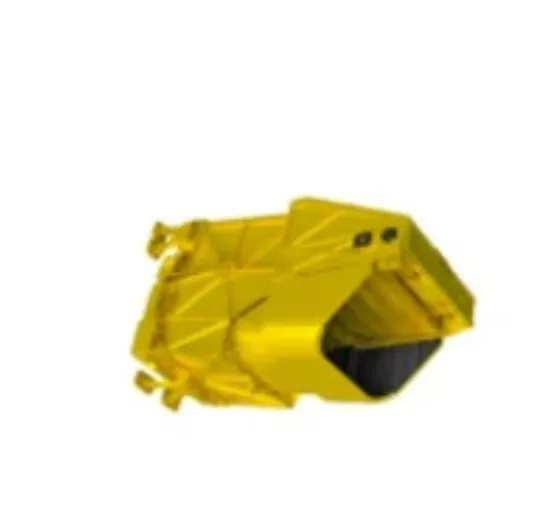
Another crucial factor is the compatibility of the multispectral lens with your camera system. Proper lenses ensure optimal focus and light transmission across the desired wavelengths, maintaining the accuracy of spectral data. Additionally, consider the device’s form factor and integration possibilities — some low cost multispectral cameras are designed to be lightweight and portable, suitable for drones or handheld use, while others are fixed installations for lab or industrial environments.
Finally, software and data processing capabilities play a significant role. Many multispectral imaging cameras come with dedicated software for image analysis, visualization, and export. Ensure that the camera you choose supports the software tools compatible with your workflow or that third-party analysis platforms can process the captured data.
Why Invest in a Multispectral Camera Today?
The expanding applications of multispectral cameras make them valuable investments across industries. From precision agriculture and environmental monitoring to quality assurance and medical diagnostics, these cameras offer unique insights through detailed spectral imaging. The ability to detect features invisible to standard cameras enables better decision-making and innovation.
Technological advancements have also made low cost multispectral cameras a reality, lowering entry barriers for smaller organizations and research groups. Whether you are upgrading existing equipment or entering the multispectral imaging field for the first time, the right multispectral camera can enhance your data collection and analysis capabilities, providing a competitive edge in your domain.
Future Trends in Multispectral Imaging Technology
Looking ahead, multispectral imaging technology continues to evolve rapidly. Improvements in sensor sensitivity, spectral range, and miniaturization are making multispectral cameras more versatile and easier to deploy in various settings. The development of advanced multispectral lenses further refines image quality and spectral accuracy.
Integration with unmanned aerial vehicles (UAVs), mobile platforms, and Internet of Things (IoT) systems is expanding the reach and applications of multispectral imaging cameras. Additionally, combining multispectral data with machine learning and artificial intelligence is revolutionizing data interpretation, enabling automated detection and analysis.
As these trends progress, multispectrum infrared combination cameras and other hybrid devices will become increasingly prevalent, driving new possibilities in scientific research, agriculture, environmental conservation, and industrial inspection.
In summary, the strategic use of multispectral cameras and related technologies unlocks powerful imaging capabilities. Choosing the right camera, lens, and software setup tailored to your needs will maximize the benefits of multispectral imaging, allowing you to capture and analyze complex data with greater precision and efficiency than ever before.






